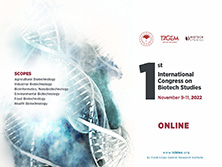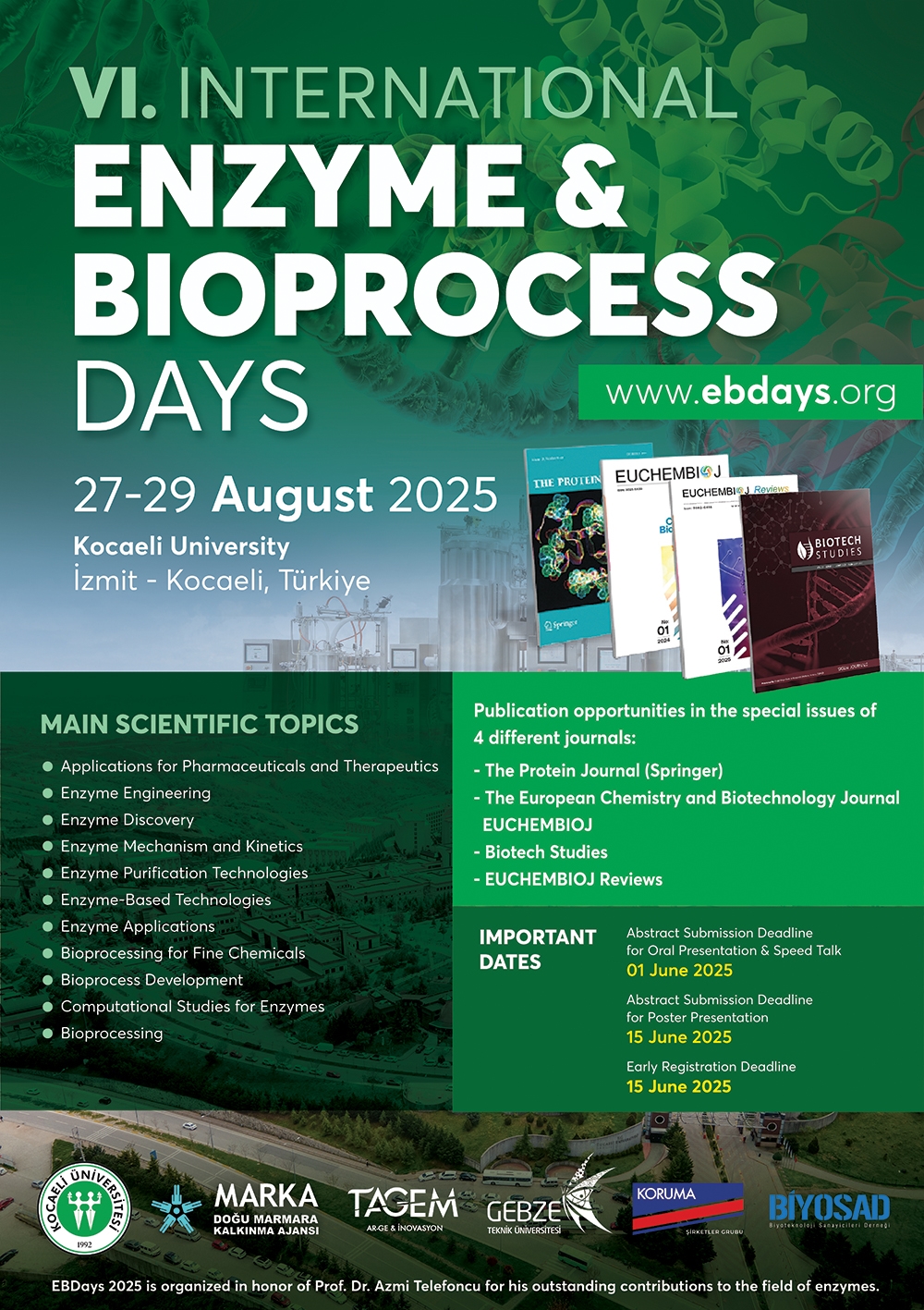Biotech Studies
2021, Vol 30, Num, 2 (Pages: 092-097)
In vitro androgenesis in pepper (Capsicum annuum L.) and the affecting factors on success: II. Carbohydrate source and antioxidants
2 Department of Horticulture, Faculty of Agriculture, Ankara University, 06110 Ankara, Turkey
3 Department of Horticulture, Faculty of Agriculture, Osmangazi University, 26160 Eskişehir, Turkey DOI : 10.38042/biotechstudies.1000341 - Microspore cells develop into male gametophytes, which are released as pollen. Under certain stress conditions, the developmental pathway of microspores can be transformed into an embryo instead of pollen with haploid technology. In this experiment, 2 pepper breeding lines (G-1 and G-2) and 4 nutrient media formed with Murashige & Skoog (1962-MS) + 30 g L-1 sucrose or maltose and with or without vitamins as antioxidants. 0.05 mg L-1 biotin (vitamin B7) and 0.5 mg L-1 ascorbic acid (vitamin C) were studied as antioxidants. The anthers were pretreated for 2 days at 35 ºC in dark, then they were incubated in a climate chamber at 25 ºC and 16/8 hours photoperiodic conditions. The highest embryos rate, and development of embryos into the plantlet has been obtained from the medium containing maltose, and antioxidants. Although there was no significant differences between genotypes in medium- I (MS + sucrose), medium-II (MS + sucrose and antioxidants) and medium-III (MS + maltose) in terms of embryogenic response, a significant difference was determined between genotypes in medium-IV (MS + maltose and antioxidants). The number of embryos obtained from the G-1 in medium-IV has increased 2.5, 6.4, and 4.5 times, compared to the medium-I, medium-II, and medium-III respectively. Keywords : Capsicum annuum L. Anther culture Maltose Ascorbic acid Biotin
















